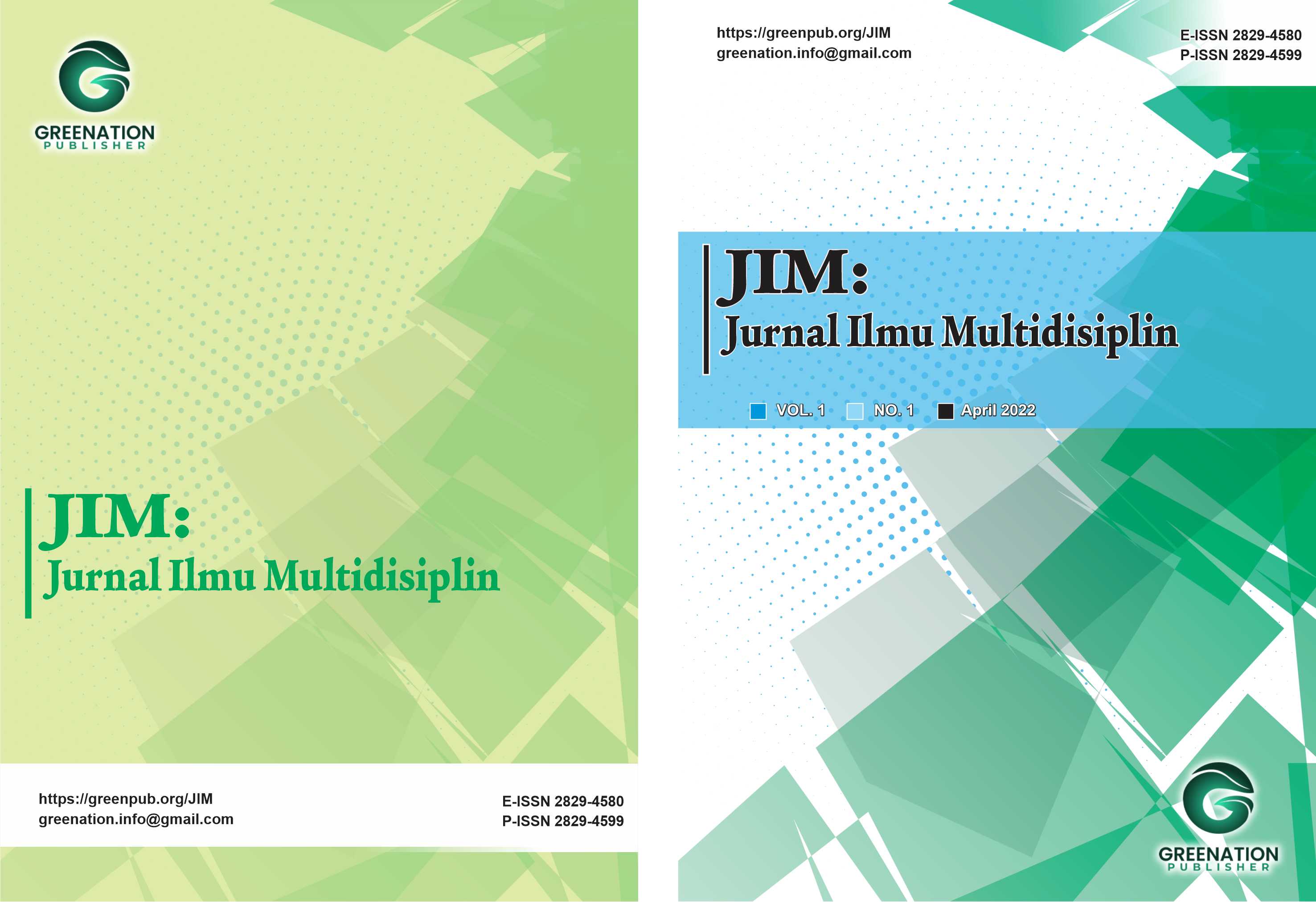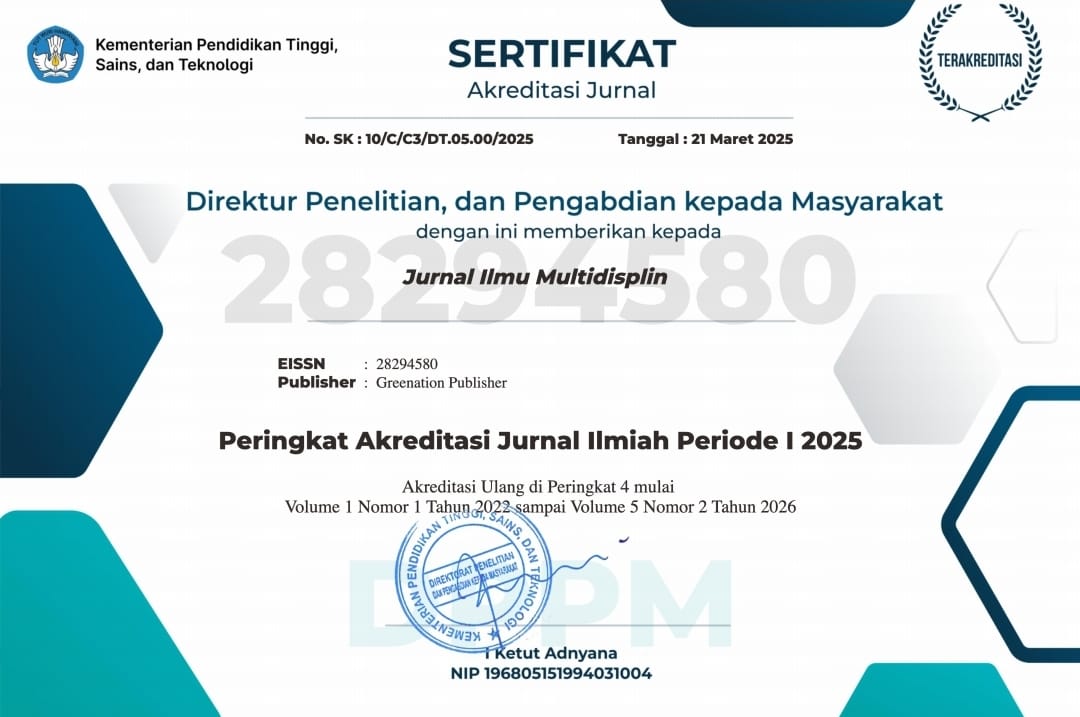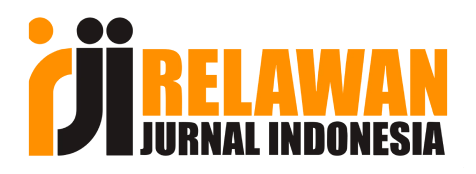Efektivitas ASEAN dalam Implementasi Five-Point Consensus pada Konflik Myanmar–Rohingya
DOI:
https://doi.org/10.38035/jim.v4i4.1345Keywords:
ASEAN, Myanmar, Rohingya, Five Point Consensus, efektivitasAbstract
Konflik Myanmar–Rohingya telah menjadi isu krisis kemanusiaan regional yang menantang kredibilitas ASEAN sebagai organisasi kawasan. Penelitian ini bertujuan menganalisis efektivitas implementasi Five Point Consensus yang disepakati ASEAN pada April 2021 sebagai respon terhadap situasi Myanmar. Metode yang digunakan adalah kualitatif deskriptif dengan sumber data sekunder berupa jurnal ilmiah, laporan organisasi internasional, serta dokumen resmi ASEAN. Hasil penelitian menunjukkan bahwa implementasi Five Point Consensus masih jauh dari harapan. Hambatan utama terletak pada prinsip non-intervensi ASEAN, lemahnya komitmen junta militer Myanmar, serta dinamika kepentingan negara anggota yang terbagi antara pendekatan keras dan lunak. Meskipun terdapat dukungan dari beberapa negara anggota, seperti Indonesia dan Malaysia, implementasi kebijakan tidak menghasilkan perubahan signifikan di lapangan, khususnya terkait penghentian kekerasan dan perlindungan hak asasi manusia. Dengan demikian, efektivitas ASEAN masih terbatas pada peran simbolis dan diplomatik tanpa mekanisme penegakan yang mengikat. Penelitian ini menegaskan pentingnya reformasi prinsip dasar ASEAN agar mampu merespons krisis kemanusiaan secara lebih tegas dan efektif.
References
Coup. Retrieved October 9, 2022, from Assistance Association for Political Prisoners website: https://aappb.org/?p=20349
Association of Southeast Asian Nations. (2021a). ASEAN Chairman’s Statement on The Developments in The Republic of The Union of Myanmar. Retrieved October 3, 2022, from https://asean.org/asean-chairmans-statement-on-the-developments-in-the-republic-of-the-union-of-myanmar-2/
Association of Southeast Asian Nations.(2021b). Chairman’s Statement on the ASEAN Leaders’ Meeting. Retrieved October 10, 2022, from Association of Southeast Asian Nations website: https://asean.org/wp-content/uploads/Chairmans-Statement-on-ALM-Five-Point-Consensus-24-April-2021-FINAL-a-1.pdf
Association of Southeast Asian Nations.(2022a). ASEAN-U.S. Special Summit, 2022 Joint Vision Statement.Retrieved October 8, 2022, from Association of Southeast Asian Nations website: https://asean.org/wp-content/uploads/2022/05/Final-ASEAN-US-Special-Summit-2022-Joint-Vision-Statement.pdf
Association of Southeast Asian Nations.(2022b). ASEAN Chairman’s Statement on the Situation in Myanmar. Retrieved October 3, 2022,from https://asean.org/asean-chairmans-statement-on-the-situation-in-myanmar/
Barnett, M., & Finnemore, M. (1999). The politics, power, and pathologies of international organizations. International Organization, 53(4), 699–732.
Chayes, A., & Chayes, A. H. (1995). The new sovereignty: Compliance with international regulatory agreements. Harvard University Press.
Cuyvers, L. (2019). The ‘ASEAN Way’ and ASEAN’s development gap with Cambodia, Laos, Myanmar and Vietnam: a critical view. Asia Pacific Business Review, 25(5), 683–704. https://doi.org/10.1080/13602381.2019.1652980
Deutsche Welle. (2021). KTT ASEAN 2021: Dialog Tidak Akan Cukup Menyelesaikan Konflik di Myanmar. Retrieved October 9, 2022, from Deutsche Welle website:https://www.dw.com/id/dialog-tidak-akan-cukup-menyelesaikan-konflik-di-myanmar/a-57314791
Drechsler, W. (2021). New development: Myanmar’s civil service—Responsible disobedience during the 2021 military coup. Public Money and Management,41(7),
Human Rights Watch. (2021). Myanmar: Coup Leads to Crimes Against Humanity. Retrieved October 8, 2022, from Human Rights Watch website: https://www.hrw.org/news/2021/07/31/myanmar-coup-leads-crimes-against-humanity
Human Rights Watch. (2022). Myanmar: Year of Brutality in Coup’s Wake. Retrieved October 8, 2022, from Human Rights Watch website: https://www.hrw.org/news/2022/01/28/myanmar-year-brutality-coups-wake
Iqbal, F. M., & Dwiprigitaningtias, I. (2021). Kudeta Militer Myanmar Dalam Perspektif Hukum Internasional. Jurnal Dialektika Hukum, 3(1), 113–129.https://doi.org/https://doi.org/10.36859/jdh.v3i1.541
Kusumawardhana, I. (2022). Analisis Legalisasi Five Point Consensus ASEAN tentang Myanmar Pasca Kudeta Militer 2021. Jurnal Hubungan Internasional.
Nadi, K. (2022). How ASEAN’s Failed “Five-Point Consensus” Has Let Down the People of Myanmar. Retrieved October 9, 2022, from The Wire website: https://thewire.in/south-asia/how-aseans-failed-five-point-consensus-has-let-down-the-people-of-myanmar
Nugraheny, D. E. (2021). ASEAN Leaders Meeting Bahas Nasib Myanmar, Pemimpin Junta Militer Hadir diJakarta? Retrieved October 9, 2022, from Kompas.com website:https://nasional.kompas.com/read/2021/04/24/11284781/asean-leaders-meeting-bahas-nasib-myanmar-pemimpin-junta-militer-hadir-di
Putri, R. H., Nugraha, Y. C., & Akbar, A. (2022). The Role of the Asean Intergovernmental Commission on Human Rights (AICHR) in Protecting Human Rights Related to the Coup Conflict in Myanmar. Budapest International Research and Critics Institute-Journal (BIRCI-Journal), 5(1), 7295–7305
Putri Sandry, A. S. S. (2022). Pengaruh prinsip non-intervensi terhadap efektivitas Five Point Consensus ASEAN. Jurnal Politik dan Pemerintahan.
Rae, N. F. N. (2022). Kejahatan Terhadap Kemanusiaan Yang Dilakukan Oleh Militer Pada Kudeta Militer Myanmar Menurut Hukum Ham Internasional. Universitas Muhammadiyah Malang.
Rijal, N. K. (2021). Peran ASEAN dalam menangani krisis kemanusiaan Myanmar melalui kesepakatan Five Point Consensus. Jurnal Ilmiah Hubungan Internasional.
The Jakarta Post. (2021). Myanmar junta blames “foreign intervention” for ASEAN summit exclusion. Retrieved from The Jakarta Post website:https://www.thejakartapost.com/world/2021/10/17/myanmar-junta-blames-foreign-intervention-for-asean-summit-exclusion.html
Widiastuti, A. (2020). Perspektif ASEAN terhadap prinsip non-intervensi. Jurnal Hukum Internasional.
Downloads
Published
How to Cite
Issue
Section
License
Copyright (c) 2025 Hartini Runga, Roberto O.C. Seba, Novriest Umbu Walangara Nau

This work is licensed under a Creative Commons Attribution 4.0 International License.
You are free to:
- Share— copy and redistribute the material in any medium or format
- Adapt— remix, transform, and build upon the material for any purpose, even commercially.
The licensor cannot revoke these freedoms as long as you follow the license terms.
Under the following terms:
- Attribution— You must give appropriate credit, provide a link to the license, and indicate if changes were made. You may do so in any reasonable manner, but not in any way that suggests the licensor endorses you or your use.
- No additional restrictions— You may not apply legal terms or technological measures that legally restrict others from doing anything the license permits.
Notices:
- You do not have to comply with the license for elements of the material in the public domain or where your use is permitted by an applicable exception or limitation.
- No warranties are given. The license may not give you all of the permissions necessary for your intended use. For example, other rights such as publicity, privacy, or moral rightsmay limit how you use the material.




























